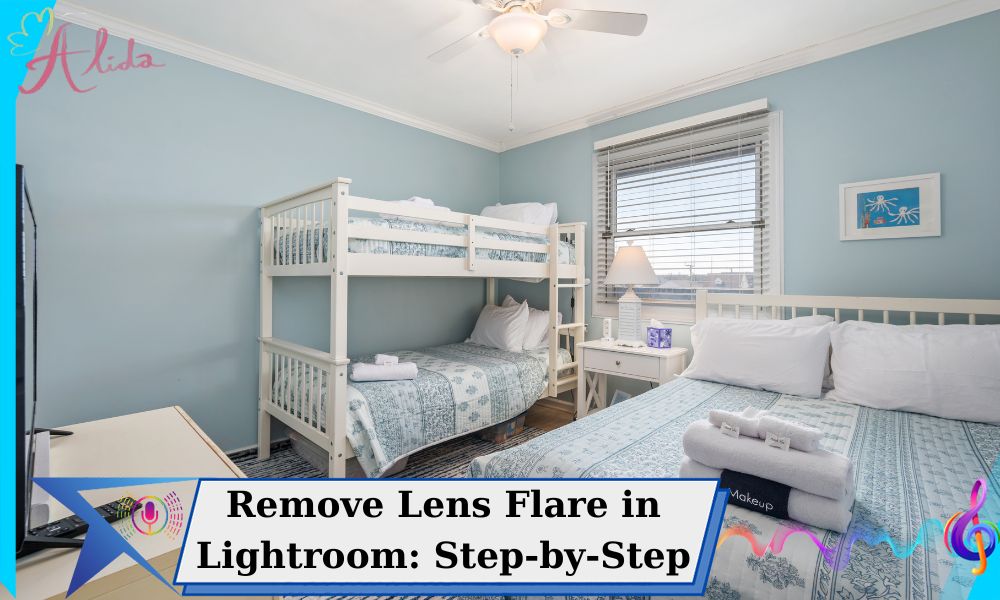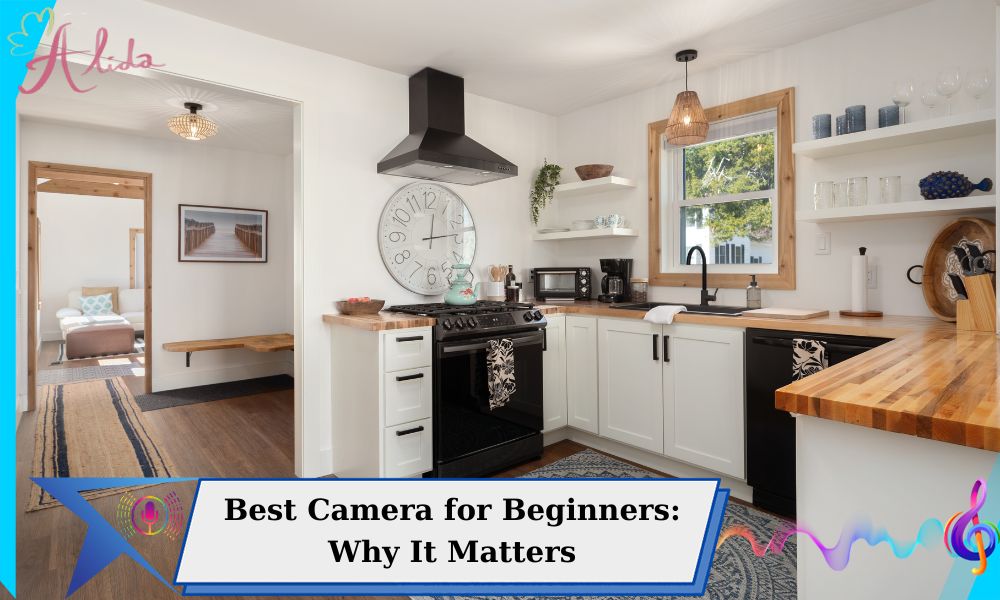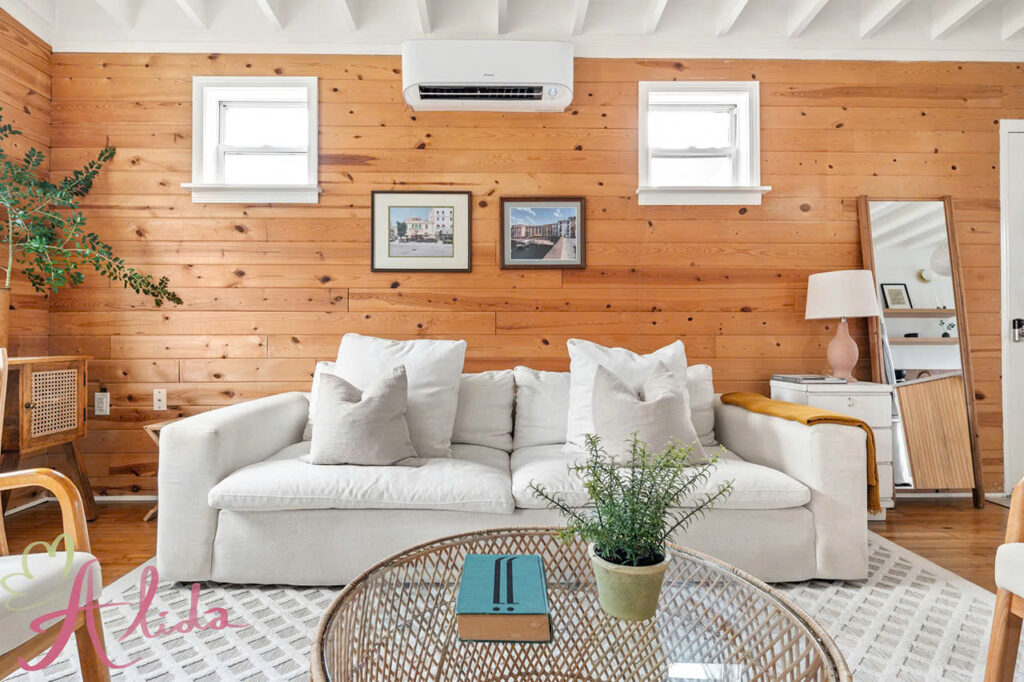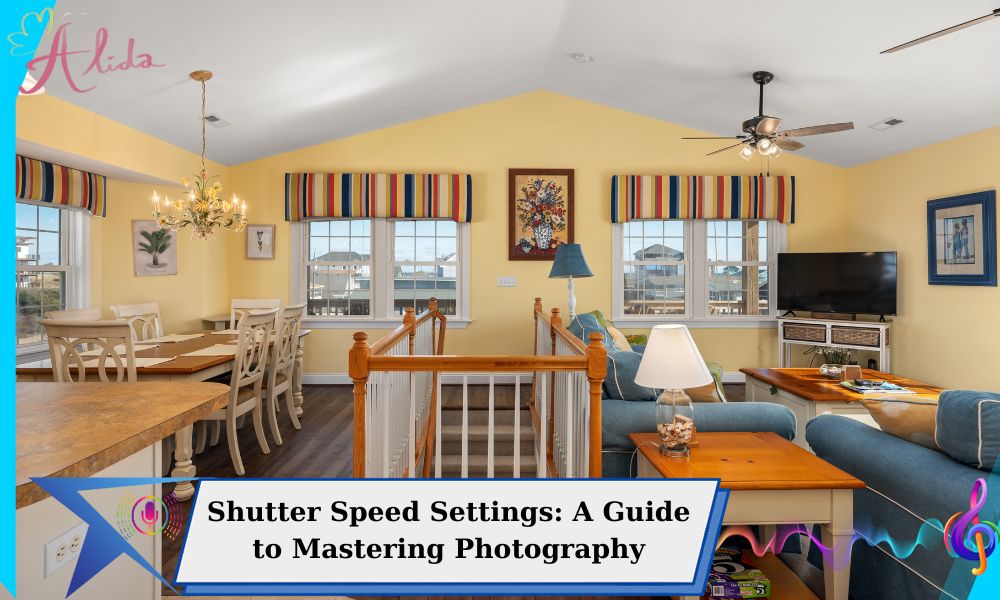Shutter speed is one of the fundamental elements of photography, along with aperture and ISO, that determines the final exposure of your image. For both beginner and professional photographers, understanding shutter speed is essential in controlling how much light enters the camera and how motion is captured in your shots. This article will explain what shutter speed is, how it works, and why knowing the right shutter speed settings is crucial for achieving high-quality images.
1. What is Shutter Speed in Photography?
Shutter speed refers to the amount of time the camera’s shutter remains open, allowing light to hit the camera’s sensor or film. It is measured in fractions of a second (e.g., 1/1000, 1/500) or in whole seconds (e.g., 1″, 2″). The longer the shutter is open, the more light enters, which affects the exposure of the image. Shutter speed also influences the appearance of motion in your photos—whether it freezes action or creates a motion blur effect.
2. How Shutter Speed Settings Work?
Camera Mechanism and Shutter:
In a digital camera, the shutter is a small mechanical device that opens and closes to expose the sensor to light. The speed at which the shutter opens and closes determines how much light enters the camera. Faster shutter speeds (e.g., 1/1000s) result in a quick exposure, while slower speeds (e.g., 1/30s) allow more light in, often requiring a longer duration.
Shutter Speed and Light Exposure:
Shutter speed plays a significant role in controlling the exposure of an image. A faster shutter speed reduces the amount of light entering the camera, resulting in a darker image. On the other hand, a slower shutter speed allows more light to enter, producing a brighter image. This makes it critical to choose the correct shutter speed based on the available light and the desired exposure.
Common Shutter Speeds:
- Fast shutter speeds: 1/1000s, 1/500s, 1/250s – used for freezing fast-moving subjects like sports or wildlife.
- Moderate shutter speeds: 1/125s, 1/60s – ideal for general photography under normal lighting conditions.
- Slow shutter speeds: 1/30s, 1/15s, 1″ – used for capturing light trails or motion blur effects, such as flowing water or car lights.
3. The Effect of Shutter Speed on Motion
Capturing Fast Motion:
When photographing fast-moving subjects like athletes or cars, fast shutter speeds (e.g., 1/1000s) are essential to freeze motion and capture sharp details. This prevents the subject from appearing blurry or distorted, ensuring that action is crisp and clear.
Capturing Smooth Motion:
In contrast, slow shutter speeds (e.g., 1/30s or slower) are often used to create artistic effects like motion blur. For example, photographing a waterfall with a slow shutter speed will result in a smooth, silky appearance of the water, while fast-moving clouds or traffic lights can be captured as light trails.
4. Factors Influencing Shutter Speed Settings
Lighting:
The amount of light available in a scene greatly impacts the choice of shutter speed. In bright daylight, you can use faster shutter speeds, while in low light conditions, slower shutter speeds may be necessary to allow enough light to reach the sensor.
ISO:
ISO, which controls the camera’s sensitivity to light, can also affect the shutter speed settings. Increasing the ISO allows for faster shutter speeds in low light, but this comes with the risk of noise or grain in the image. Balancing ISO with shutter speed and aperture is key to achieving the right exposure.
Aperture:
The aperture is responsible for controlling how much light passes through the lens and reaches the camera sensor, thereby influencing the exposure of the image. A wide aperture (low f-number) allows more light to enter, enabling the use of faster shutter speeds. A narrow aperture (high f-number) limits the light, which might require slower shutter speeds to compensate for the reduced light.
5. How to Choose the Right Shutter Speed
Shutter Speed for Static Subjects:
When photographing still subjects like portraits or landscapes, slower shutter speeds (e.g., 1/60s) are generally sufficient. This allows you to maintain sharpness without introducing motion blur.
Shutter Speed for Motion:
For fast-moving subjects, faster shutter speeds (e.g., 1/500s or faster) are necessary to capture crisp, clear images without motion blur.
Recommended Shutter Speeds for Common Situations:
- Sports Photography: 1/1000s or faster to freeze motion.
- Portrait Photography: 1/125s to 1/250s for a sharp subject without camera shake.
- Landscape Photography: 1/60s or slower to capture long exposures, especially in low light.
6. Creative Techniques Using Shutter Speed
Motion Blur Effect:
Using slow shutter speeds can create beautiful motion blur effects, such as in night photography or capturing the movement of clouds or waves. Experimenting with slow shutter speeds can yield some of the most visually striking and creative results in photography.
Frozen Motion:
Fast shutter speeds allow you to freeze action, such as capturing a bird in flight or the moment a soccer ball hits the net. This technique is essential for capturing crisp, sharp images of fast-moving subjects.
Shooting in Low Light:
In low light, adjust your shutter speed settings to slower speeds for more exposure, but a tripod may be needed to prevent camera shake. Alternatively, raising the ISO helps maintain faster shutter speeds while keeping the image bright.
7. Common Mistakes with Shutter Speed
Unwanted Motion Blur:
Using too slow of a shutter speed without proper stabilization can result in unwanted motion blur, especially when shooting handheld. To avoid this, either increase the shutter speed or use a tripod for stability.
Underexposed Images with Fast Shutter Speeds:
In low-light situations, using very fast shutter speeds can result in underexposed images because the shutter is open for a very short time. Increasing the ISO or using a wider aperture can help compensate for the lack of light.
8. Tools for Choosing Shutter Speed Settings
Camera Modes:
Most cameras offer different modes for adjusting shutter speed. In Manual mode, you control both shutter speed and aperture, while Shutter Priority mode allows you to set the shutter speed and let the camera adjust the aperture for proper exposure.
Using a Tripod:
For slow shutter speeds, using a tripod helps keep the camera steady, preventing blur from camera shake. This is particularly useful in long-exposure photography.
Apps and Tools:
Various apps and tools can help you determine the best shutter speed based on the lighting conditions and subject you’re photographing. These can be especially useful in challenging lighting environments.
9. Conclusion
Understanding shutter speed is essential for photographers who want to take control of their images and elevate their photography skills. By mastering shutter speed settings, you can freeze action, capture motion blur effects, and manage exposure in various lighting conditions. Experiment with different shutter speeds, and practice in diverse environments to discover how this essential camera setting can transform your photos.
If you’re looking for professional photo editing services, especially for real estate photography, consider Alida Photo Editing. We offer high-quality photo enhancement and retouching services that bring out the best in your property images. For more information, feel free to contact us at photonews121@gmail.com.








